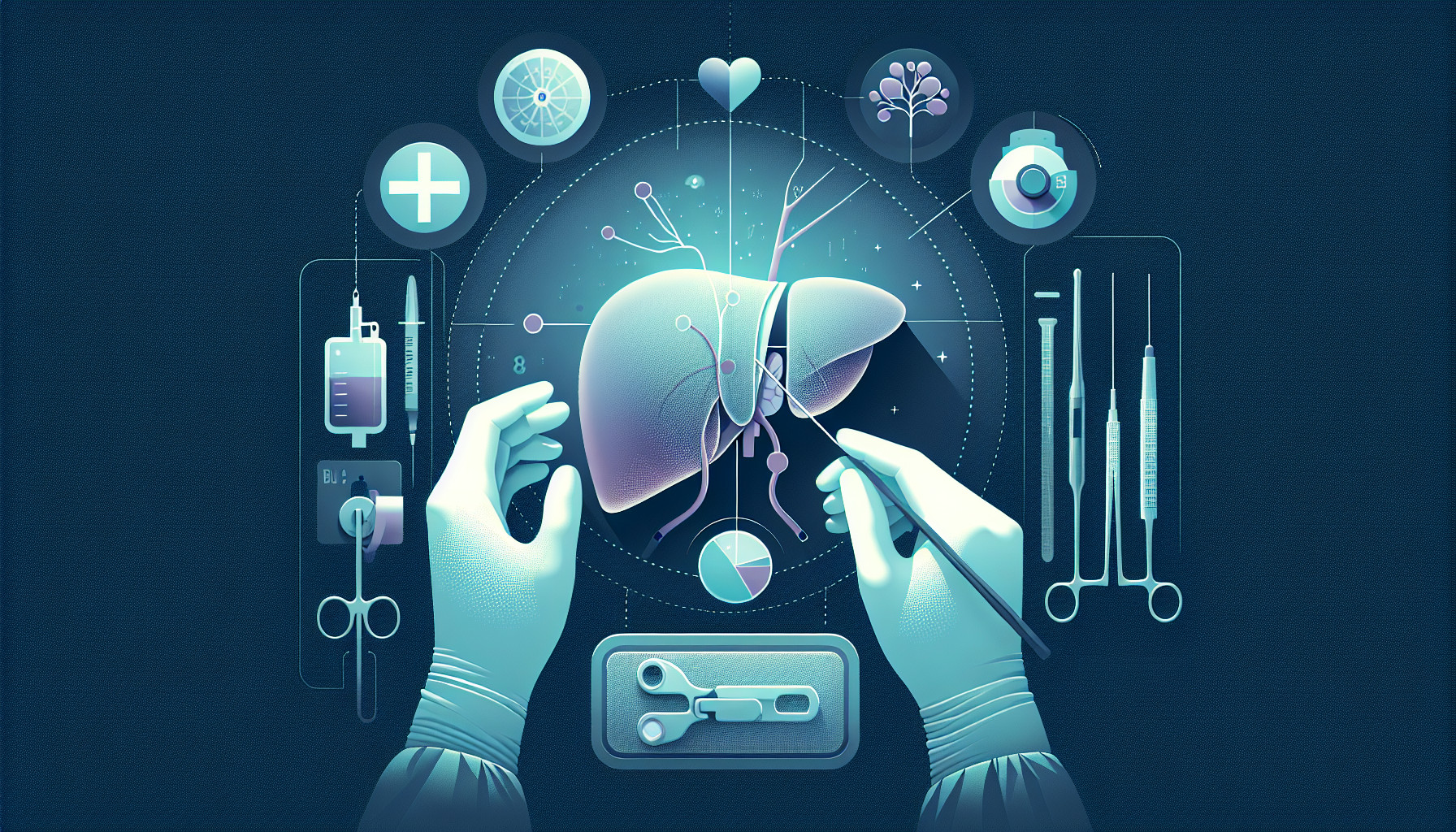Our Summary
This study looks at two disorders that can occur after a child has had a liver transplant: post-transplant eosinophilic gastrointestinal disorders (PTEGID) and post-transplant lymphoproliferative disorder (PTLD). The researchers looked back at the medical records of 98 children who had liver transplants between 1999 and 2019, all of whom were given a drug called tacrolimus to help their bodies accept the new liver.
The study found that 8% of the children developed PTLD and 14% developed PTEGID. It also found that children who had the transplant when they were one year old or younger were more likely to develop PTEGID. Additionally, children with higher levels of a certain type of white blood cell (eosinophils) were more likely to develop PTLD and were also more likely to have their bodies reject the new liver at least once.
The researchers also saw an increase in severe allergic reactions to food after the transplant. They suggest that these findings could help identify which children are at risk of these disorders after a liver transplant, which could help improve their chances of surviving. However, they also note that more studies are needed to see how these findings could be used in a clinical setting.
FAQs
- What disorders were the focus of this study on pediatric liver transplants?
- How does the age at which a child receives a liver transplant affect the likelihood of developing post-transplant eosinophilic gastrointestinal disorders (PTEGID)?
- What connection did the study find between levels of a certain type of white blood cell and the risk of post-transplant lymphoproliferative disorder (PTLD) and liver rejection?
Doctor’s Tip
A doctor may advise a patient about the potential risks of developing post-transplant eosinophilic gastrointestinal disorders (PTEGID) and post-transplant lymphoproliferative disorder (PTLD) after a pediatric liver transplant. They may recommend monitoring for symptoms of these disorders, such as severe allergic reactions to food, and discuss potential treatment options if they arise. It is important for patients and their caregivers to communicate any concerning symptoms to their healthcare team promptly to ensure the best possible outcomes.
Suitable For
Patients who are typically recommended for pediatric liver transplant are those with end-stage liver disease, acute liver failure, metabolic liver diseases, and certain genetic liver disorders. These patients may have symptoms such as jaundice, fatigue, abdominal swelling, and poor growth.
Children who have complications after liver transplant, such as PTEGID and PTLD, may require further monitoring and treatment. It is important for healthcare providers to closely monitor these patients for signs of these disorders and provide appropriate care to improve their outcomes.
Timeline
Before pediatric liver transplant:
- A child is diagnosed with a liver condition that cannot be treated through other means.
- The child undergoes extensive medical evaluations to determine if they are a suitable candidate for a liver transplant.
- The child is placed on a waiting list for a suitable donor liver.
- The child may experience symptoms related to their liver condition, such as jaundice, fatigue, abdominal pain, and weight loss.
After pediatric liver transplant:
- The child undergoes the liver transplant surgery and begins the recovery process in the hospital.
- The child is closely monitored for signs of organ rejection, infection, and other complications.
- The child may need to take immunosuppressant medications, such as tacrolimus, to prevent their body from rejecting the new liver.
- The child may experience side effects from the medications, as well as complications related to the surgery, such as infection or bleeding.
- The child may need to undergo regular follow-up appointments, blood tests, and imaging studies to monitor the health of their new liver.
- The child may need to make lifestyle changes, such as following a special diet and avoiding certain activities to protect their new liver.
- The child may experience long-term effects of the transplant, such as an increased risk of developing PTEGID or PTLD, as seen in the study mentioned above.
What to Ask Your Doctor
What are the potential risks and complications associated with pediatric liver transplant, specifically related to post-transplant eosinophilic gastrointestinal disorders (PTEGID) and post-transplant lymphoproliferative disorder (PTLD)?
Are there any specific factors or characteristics that may increase a child’s risk of developing PTEGID or PTLD after a liver transplant?
How often will the child need to be monitored for signs or symptoms of PTEGID and PTLD after the transplant?
What are the symptoms to watch for that may indicate PTEGID or PTLD developing in the child?
How are PTEGID and PTLD typically treated in pediatric patients who have had a liver transplant?
Are there any specific precautions or lifestyle changes that need to be implemented to reduce the risk of developing PTEGID or PTLD after a liver transplant?
How will the child’s diet and nutrition be managed post-transplant to potentially prevent allergic reactions to food?
Are there any alternative medications or treatment options that could be considered to reduce the risk of developing PTEGID or PTLD after a liver transplant?
How can the child’s overall health and well-being be optimized to minimize the risk of complications post-transplant, including PTEGID and PTLD?
What further research or studies are needed to better understand and manage the risk of PTEGID and PTLD in pediatric liver transplant patients?
Reference
Authors: Wasuwanich P, Batsis I, Thawillarp S, Alford MK, Mogul D, Wood RA, Karnsakul W. Journal: Transpl Immunol. 2021 Oct;68:101438. doi: 10.1016/j.trim.2021.101438. Epub 2021 Jul 25. PMID: 34320385
